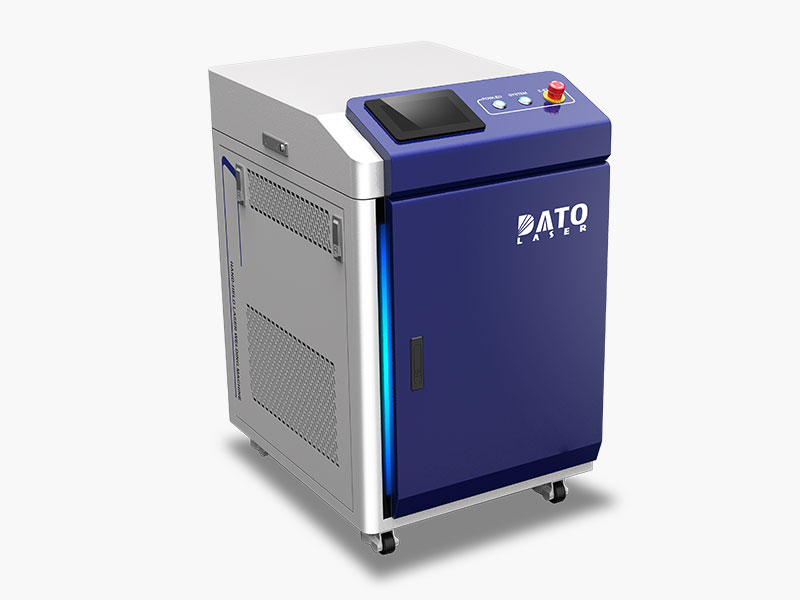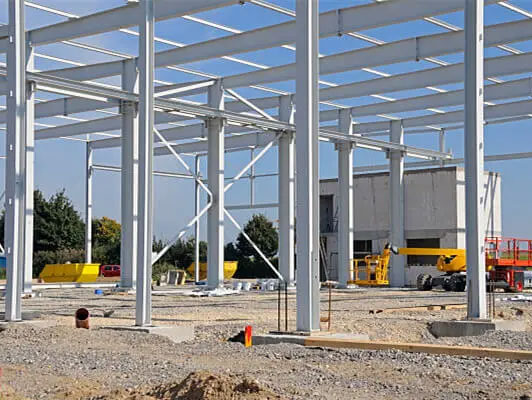Choosing The Right Technique: Laser Welding Vs MIG Welding

Welding technology has significantly advanced, offering a range of techniques tailored to different manufacturing needs. Among these, laser welding and MIG welding stand out for their unique capabilities. This article explores each method's core principles, their distinct advantages, and their applicability across various industries. Understanding these methods can help professionals choose the right approach for their specific projects.
1. Fundamentals of Laser Welding
Laser welding uses a concentrated beam of light to fuse materials. This high-energy laser quickly heats and melts the targeted area, creating a precise and clean weld. The process is carefully controlled to cut heat spread and ensure surrounding areas are undisturbed. This precision makes laser welding ideal for delicate and intricate work. It is particularly suitable for joining small parts and can be used with a wide range of metal materials.

2. Fundamentals of MIG Welding
MIG welding (Metal Inert Gas Welding), also known as Gas Metal Arc Welding (GMAW), is characterized by its use of a wire that acts as both electrode and filler. This wire continuously feeds through a welding gun, where it melts to form the weld as it comes into contact with the workpiece. A stream of inert gas, usually argon or a mixture involving argon, flows out of the gun to shield the weld from air, preventing oxidation and contamination. MIG welding is fast and efficient, and it is best suited to projects that need long welds, such as construction and industrial manufacturing. It is particularly effective on thicker materials and is praised for its adaptability and ease of use.
3. Comparison between Laser Welding and MIG Welding
Choosing the right welding technology hinges on understanding the strengths and limitations of each method. Laser welding and MIG welding offer distinct benefits, but they serve different purposes.
Precision and Quality: Laser welding shines when precision is paramount. It produces highly accurate and clean welds with minimal heat effect on the surrounding material. This is crucial in industries where precision affects functionality, like in medical devices or electronics.
Speed and Cost: MIG welding is generally faster for completing large-scale projects due to its continuous wire feed system. It's also more cost-effective upfront, making it a popular choice for general fabrication and construction where finer details are less critical.
Ease of Use: MIG welding is simpler to master, making it accessible to hobbyists and professionals alike. Laser welding requires more specialized knowledge and equipment, which can be a barrier to entry.

4.Advantages of Laser Welding
Laser welding stands out for several compelling reasons:
Precision: The technique offers unmatched accuracy, allowing for the welding of extremely small and complex parts. It’s ideal for applications requiring intricate designs without damaging sensitive components.
Versatility: Laser welding can join a diverse range of materials, including combinations that are challenging or impossible to weld using more traditional methods. This makes it invaluable in innovative manufacturing fields.
Efficiency: Although laser welding equipment can be expensive, the process is highly efficient once set up. It offers faster cycle times and reduces the need for finishing work, which can lead to cost savings over the life of a project.
Cleanliness: The process is clean, producing very few emissions and almost no spatter. This is essential in clean room environments, such as those found in electronic manufacturing or pharmaceutical applications.
5. Advantages of MIG Welding
MIG welding offers several distinct advantages that make it a preferred method in many industrial settings:
Accessibility and cost-effectiveness: MIG welding equipment is generally less expensive and more widely available. This makes it a practical choice for professionals and amateurs alike.
Speed: This method is known for its speed, especially in large projects. This is thanks to the continuous feed of the wire, which allows for long, uninterrupted welds.
Versatility: MIG welding can be used on a wide range of materials and thicknesses. This makes it versatile and suitable for applications ranging from automotive repair to shipbuilding.
Ease of learning: MIG welding has a relatively gentle learning curve. New welders are able to quickly get skills.

6. Future Trends in Welding Technology
The welding industry is poised for significant technological advancements:
Increased Automation: Robotic welding is becoming more common in industrial applications. It offers high precision and productivity, especially in repetitive tasks.
Advances in Materials Science: New welding techniques are being developed to handle modern materials, including composites and superalloys. These materials are becoming more common in the aerospace and automotive industries.
Sustainable Practices: As environmental regulations tighten, there is a growing focus on developing cleaner and more energy-efficient welding techniques.
Integration of Artificial Intelligence: Artificial intelligence is beginning to play a role in welding. It can help optimize quality and speed parameters and predict equipment failures before they occur.
Conclusion
Whether you choose laser welding or MIG welding depends largely on the specific requirements of your project. Both laser welding and MIG welding will continue to evolve, and as materials and needs evolve, they will find new markets and applications. If you are also interested in laser welding technology, please contact us for authoritative pricing!
Related Blogs
-
 Exploring the Safety, Precision, and Industrial Benefits of Laser Surface CleaningIn today’s fast-paced industrial world, where quality, efficiency, and sustainability are top priorities, manufacturers are constantly seeking better ways to clean metal surfaces without compromising material integrityBlog
Exploring the Safety, Precision, and Industrial Benefits of Laser Surface CleaningIn today’s fast-paced industrial world, where quality, efficiency, and sustainability are top priorities, manufacturers are constantly seeking better ways to clean metal surfaces without compromising material integrityBlog -
 A Complete Guide by DATO and LeapionIn modern industry, surface preparation and maintenance play a crucial role in achieving high-quality manufacturing results. Laser cleaning machines have emerged as one of the most innovative, efficient, and environmentally friendly tools for removing contaminantsBlog
A Complete Guide by DATO and LeapionIn modern industry, surface preparation and maintenance play a crucial role in achieving high-quality manufacturing results. Laser cleaning machines have emerged as one of the most innovative, efficient, and environmentally friendly tools for removing contaminantsBlog -
 Laser cleaning machines are revolutionizing industrial surface cleaning by offering a faster, safer, and more eco-friendly alternative to traditional methods. Whether removing rust, paint, oil, oxide, or other surface contaminants, laser cleaning has become a cutting-edge solution in manufacturing,Blog
Laser cleaning machines are revolutionizing industrial surface cleaning by offering a faster, safer, and more eco-friendly alternative to traditional methods. Whether removing rust, paint, oil, oxide, or other surface contaminants, laser cleaning has become a cutting-edge solution in manufacturing,Blog -
 Introduction: Transforming EV Battery Manufacturing Through Laser TechnologyThe electric vehicle revolution has accelerated dramatically over the past decade, bringing with it unprecedented challenges and opportunities in battery manufacturing. As global automakers commit billions to electrificationBlog
Introduction: Transforming EV Battery Manufacturing Through Laser TechnologyThe electric vehicle revolution has accelerated dramatically over the past decade, bringing with it unprecedented challenges and opportunities in battery manufacturing. As global automakers commit billions to electrificationBlog













